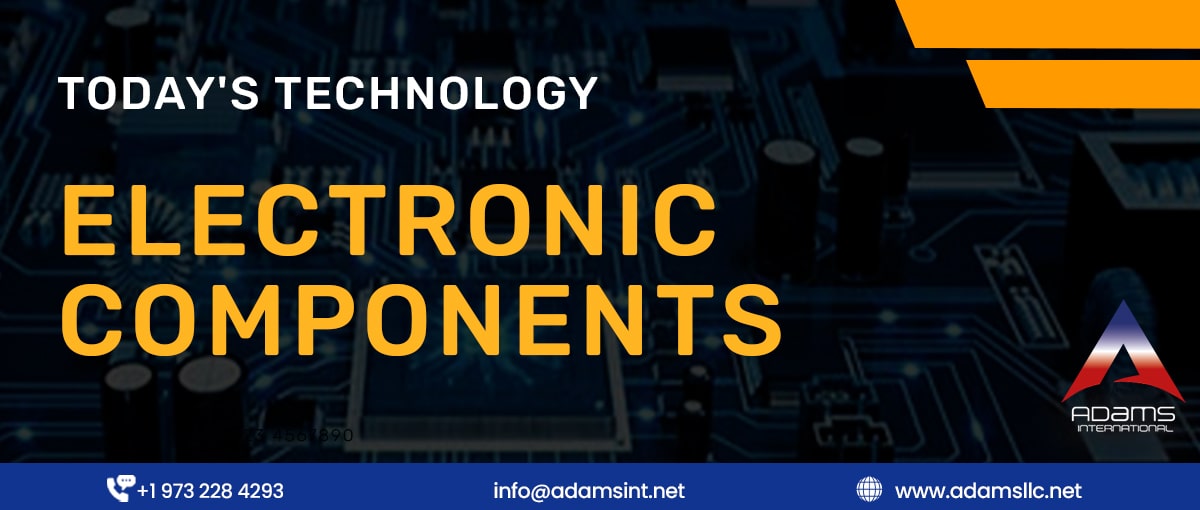Free shipping for $200 or more.
Free shipping for $200 or more.

Exploring the Latest Technological Advancements in Electronic Components In today's rapidly evolving technological landscape, electronic components are at the forefront of innovation, driving advancements in various industries. From smartphones and wearables to automotive systems and renewable energy solutions, electronic components play a pivotal role in shaping modern life. In this blog post, we will delve into some of the latest trends and developments in electronic components that are shaping the way we interact with technology.
Miniaturization and Integration
One of the most prominent trends in electronic components is the relentless drive toward miniaturization and integration. As consumer demands for smaller, lighter, and more powerful devices continue to grow, electronic components are becoming increasingly compact and multifunctional. Microprocessors, sensors, and memory modules are being integrated into single chips, enabling devices to perform complex tasks while occupying minimal space.
Internet of Things (IoT) Connectivity
The Internet of Things has revolutionized the way we interact with everyday objects. Electronic components equipped with IoT capabilities enable seamless communication between devices and systems. From smart home devices that respond to voice commands to industrial sensors that monitor machinery remotely, IoT-connected electronic components have expanded the possibilities of automation, data collection, and analysis.
Power Efficiency and Energy Harvesting
With a growing emphasis on sustainability and energy efficiency, electronic components are being designed with power efficiency in mind. Low-power microcontrollers and energy-efficient sensors are prolonging battery life in portable devices. Moreover, energy harvesting technologies, such as solar cells and kinetic energy harvesters, are being integrated into electronic components to enable self-sustaining devices.
Advanced Sensing and Artificial Intelligence
Electronic components equipped with advanced sensors are enabling machines to perceive the world in ways previously unimaginable. Lidar sensors in autonomous vehicles, for instance, provide accurate depth perception, enhancing safety. Coupled with artificial intelligence (AI) algorithms, these sensors allow devices to interpret and respond to their environment intelligently.
Flexible and Wearable Electronics
Flexible and wearable electronics are breaking the traditional mold of rigid circuit boards. Printed electronics, flexible displays, and stretchable sensors are enabling the creation of devices that conform to various shapes and surfaces. Wearable health monitors, smart clothing, and flexible displays are just a few examples of how these components are transforming industries.
Conclusion
As technology continues to advance, electronic components are evolving to meet the demands of a connected, efficient, and sustainable world. Miniaturization, IoT connectivity, power efficiency, advanced sensing, and flexible electronics are driving innovation across sectors. Keeping an eye on these trends will provide insights into the exciting developments that lie ahead, shaping the way we live, work, and interact with technology.
Whether you're a tech enthusiast or an industry professional, staying informed about the latest advancements in electronic components will undoubtedly inspire new ideas and possibilities for the future.